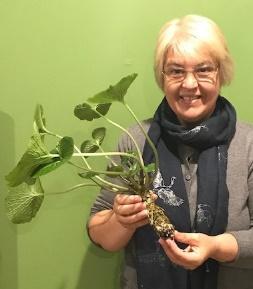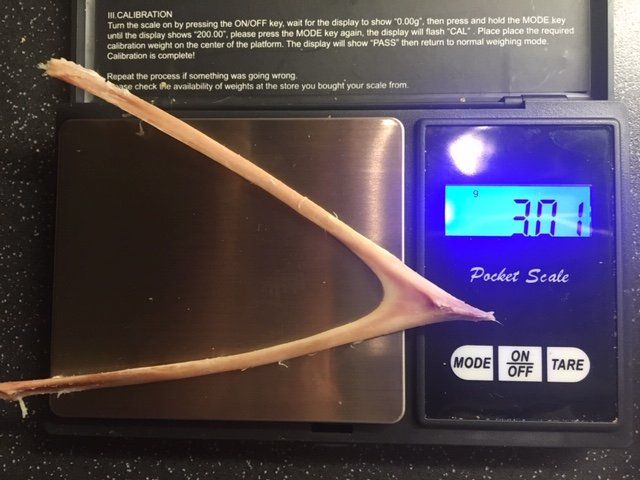
COVID-19: Reflections
"This is a subtitle for your new post" (and don't we know it...)

Introduction
It has been a strange few weeks, to say the least. We are all adjusting to our new “normal”. I had intended writing something before now, but distilling the mountains of information (and misinformation) whirling around into something readable and coherent has seemed at times a task difficult to pin down. A good metaphor for this might be something like “trying to pin fog to a wall”.
So I am slowly emerging from the fog, and slowly adjusting to the “new normal”. Whatever that is…
Paid work for STEM Scotland has come to a temporary halt, understandably so, and I have been thinking how best to contribute to the effort of fighting COVID-19, both socially and scientifically. This is slowly crystallising, so keep watching…the fog is clearing and I will emerge with an update in the coming week or so (this timescale may be elastic...).
For now, here is a short piece on some of my thoughts while we are all processing living in the midst of this pandemic.
Rethinking “Productivity”
Much has been written about things we can do to “use” the time many of us now unexpectedly find ourselves with. Learn a new skill; perfect an old one; finally tackle those long-put-off tasks; the list is endless (and I have attempted a few of these…see below!!). Conversely; we may be so busy with the new situation, working from home while looking after those in our care in a less-than-ideal “office”, or facing hugely stressful situations with no let-up as part of the workforce providing essential services. So how do we find a way through; especially when no end is in sight?
Like a lot of people, I am experiencing good days and bad days. Days when I rapidly fly through things, and days when my brain is just “stuck”. Luckily I have learned that this is entirely normal, and in fact is a recognised response in situations of trauma. Dr Suzanne Zeedyck, a research scientist renowned in the field of attachment and brain development, has written extensively on what she has termed “Sabre Tooth Tigers and Teddy Bears” ( http://www.suzannezeedyk.com/sabre-tooth-tigers-teddy-bears-suzanne-zeedyk/ ). This conceptualises, using everyday language, the science of attachment theory, and parallels roles played by the sympathetic and parasympathetic nervous systems. The sympathetic system is designed to enable the body to deal with danger (increased heart rate, blood flow to skeletal muscles, breakdown of glycogen to glucose to fuel the muscles); this is Dr Zeedyck’s “sabre-tooth tiger”, or to put it another way, “fight or flight”. Often the term “freeze” is included. which using Dr Zeedyck’s analogy is to “play dead” until the “sabre-tooth tiger” (danger) is gone.In contrast, parasympathetic nerves by and large oppose these actions, instead for example increasing digestion and promoting relaxation (“rest and digest”). Often these systems are in opposition; which helps to explain why often we just can’t eat when feeling stressed or anxious.
Dr Zeedyck refers to “finding our inner teddy bear”… ie training ourselves to find ways to reduce heart rate, slow down breathing, and thereby induce feelings of comfort. Physiologically, the result is to “trick” the body into believing the “danger” has passed. Therefore, even if the worries (such as COVID-19) remain, we can train ourselves to induce physiological responses interpreted by the brain as those produced when danger has passed. Thus a positive (rather than “vicious”) cycle is set up.
So….breathe…..be kind to yourself. Slow down, re-think priorities, do not be too hard on yourself. Set different expectations for these very different times. Learn to relax; this may be one of the most useful and genuinely productive skills we can (re)learn just now.

Being constructive
Reflection we are told has both a cognitive (“thinking”, “logical”) component and an affective (“mood”) component, and both of these interact to influence how we deal with situations. Anxiety is a very common reaction to this pandemic, as discussed above, but luckily can be tackled with some good solid action, logic, and science (of course). So, with the caveat that the science includes taking time out to breathe; here are my action points:
·I am taking an online course on the FutureLearn platform, delivered by staff from London School of Hygiene and Tropical Medicine, on COVID-19. This is a fantastic course; I am currently in Week 2 of 3, and have a blog under construction…
·I am also taking a course, again via FutureLearn, on Cybersecurity.
·I recently started learning Scots Gaelic via the Duolingo app, and am now stepping this up with a view to being at least conversant by the time we emerge on the other side of SARS-CoV2. So although tha i garbh a-muigh a-nis, agus cha toil leum sin (it is rough outside now, and I don’t like that), there is much we can do.
·Background organisation for the office, the lab, and the business.
·Take time. Time to think, to reflect, to let creativity grow; to just be. We forget this and take it for granted. Now we see its importance. So, let’s all take time out. We owe it to ourselves. And if this is difficult then think of it as doing. Doing nothing :-). Now go look for that “inner teddy bear”!
The importance of science
STEM Scotland Ltd has had an amazing first two years and I never for a minute thought a pandemic would emerge just after starting the Company. But we are all living through a case study on how the world reacts to a global health crisis, and there is a need to be scientifically literate, individually and collectively. Taking the risk to start my Company is validated again; but in the most unexpected of circumstances. Now more than ever, it is an honour and a responsibility to play a part in upskilling the nation in STEM.







